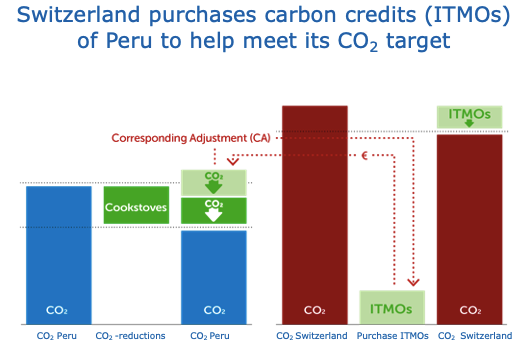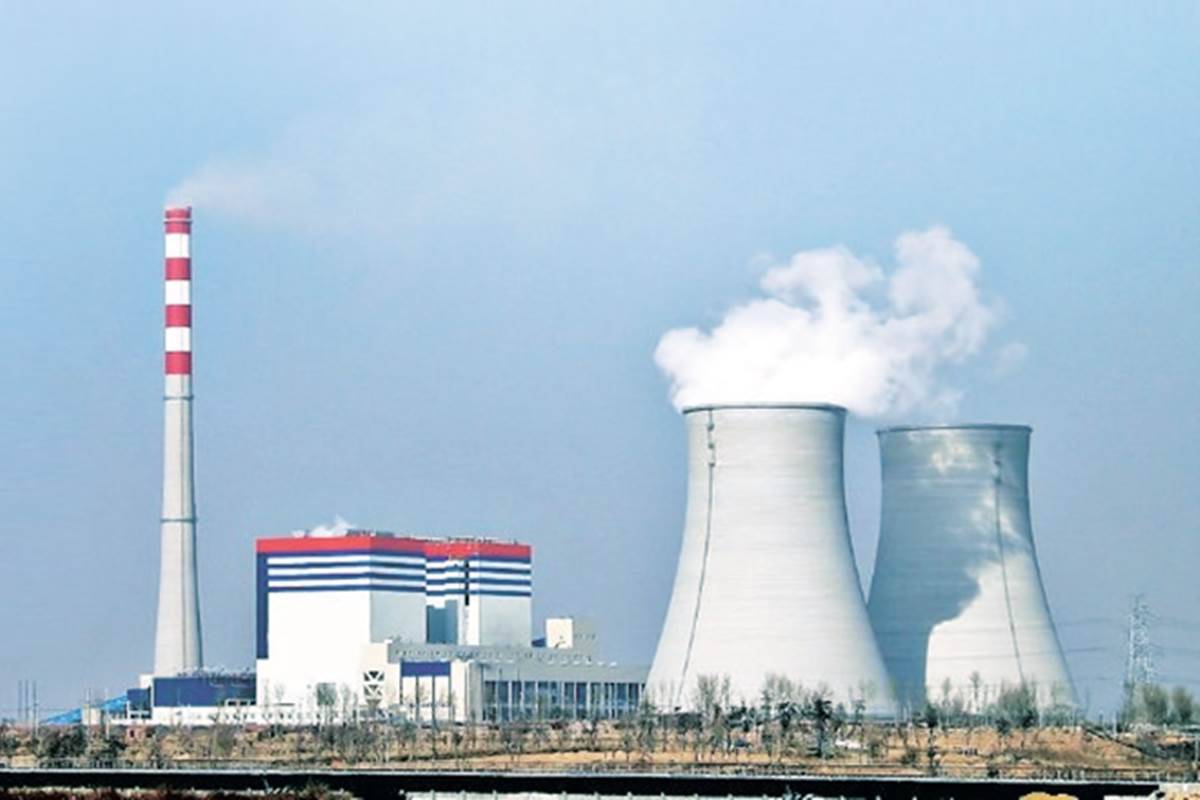United States, Canada, and the European Union in together facing a dilemma of Government decisions of shutting down coal-fired power plants in their countries as it remained as the source of 40% of electricity produced around the world.
The production of coal-powered electricity has been doubled to about 2,050 gigawatts in the past two decades, with China alone developing a 247 gigawatts one plant.
The Chinese President Xi Jinping said last month that China would stop building coal-burning power plants overseas, however, for domestic purpose, China, India, South Africa, and Turkey still remains as large consumers of thermal coal, being the largest source of carbon dioxide emissions.
To meet the 1.5 C limit on global warming, thermal coal use would need to drop by about 80 percent by 2030.
UN climate control talks in Glasgow (COP26) decided to find out ways so that the governments to work with industry. The Paris Agreement also suggested making groundworks for reshaping the international emissions-trading system by altering coal-fired electricity. It was found that thermal coal usage needs to be dropped by 80% by 2030 to meet the 1.5C global warming limit.
The international carbon trading has to be revised by the agreement to reduce their national emissions known as Nationally Determined Contribution (NDC) according to the Paris Agreement. It says internationally transferred mitigation outcomes (ITMOs) could be used by the countries for carbon trading even marked by one party. This way, any two countries, involved in carbon trading could collaborate to reduce global carbon emissions and meet their NDCs.

The rules are still a work in progress as expected to be completed soon. The latest Intergovernmental Panel on Climate Change (IPCC) report shows an urgent global climate action with ITMOs to provide a promising opportunity that allows countries to collaborate to achieve their climate targets.
Bottom Line: Paris agreement article 6 shows the way to revise International Carbon Trading using ITMOs to meet their own carbon emission-reducing target.





